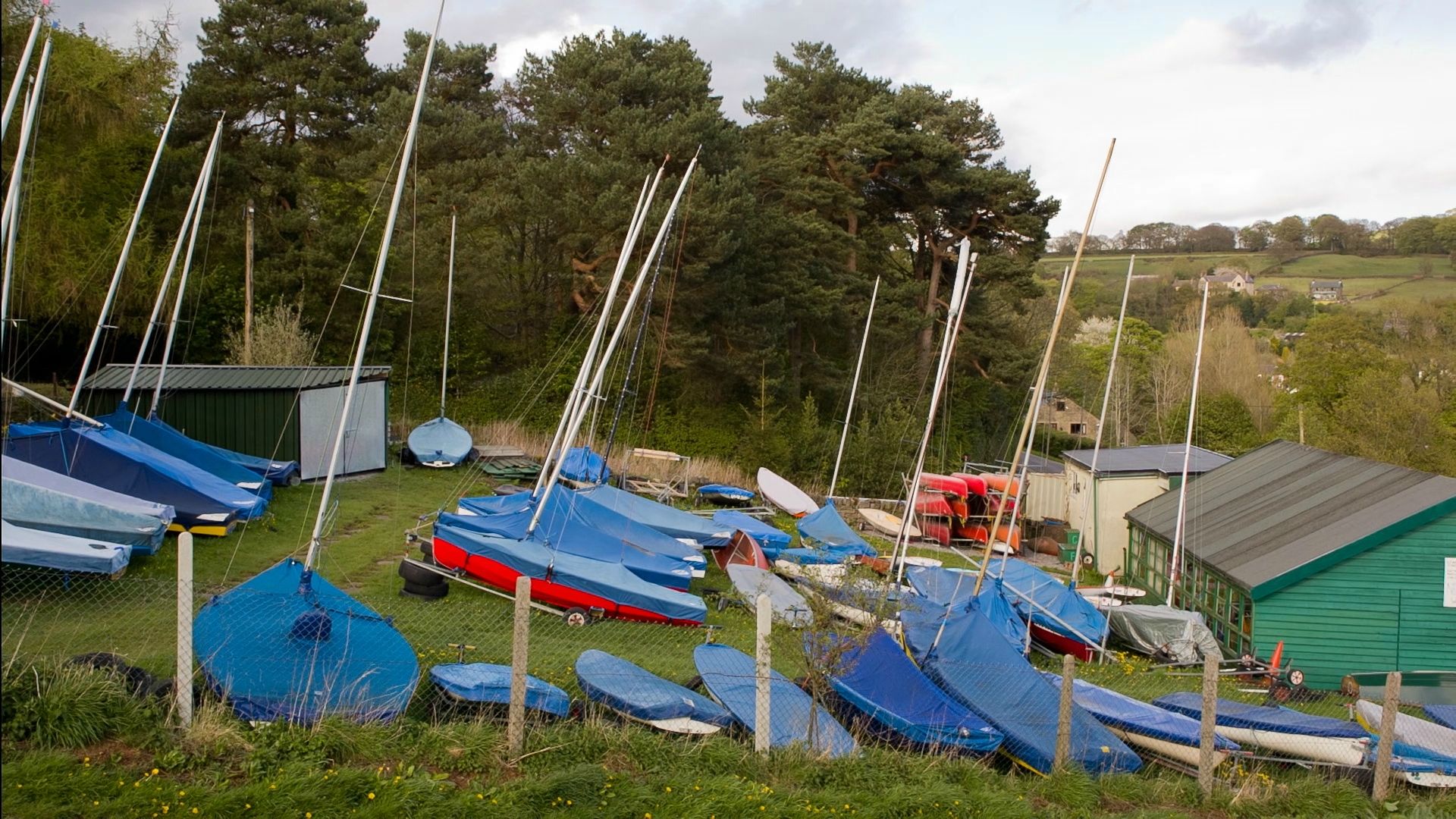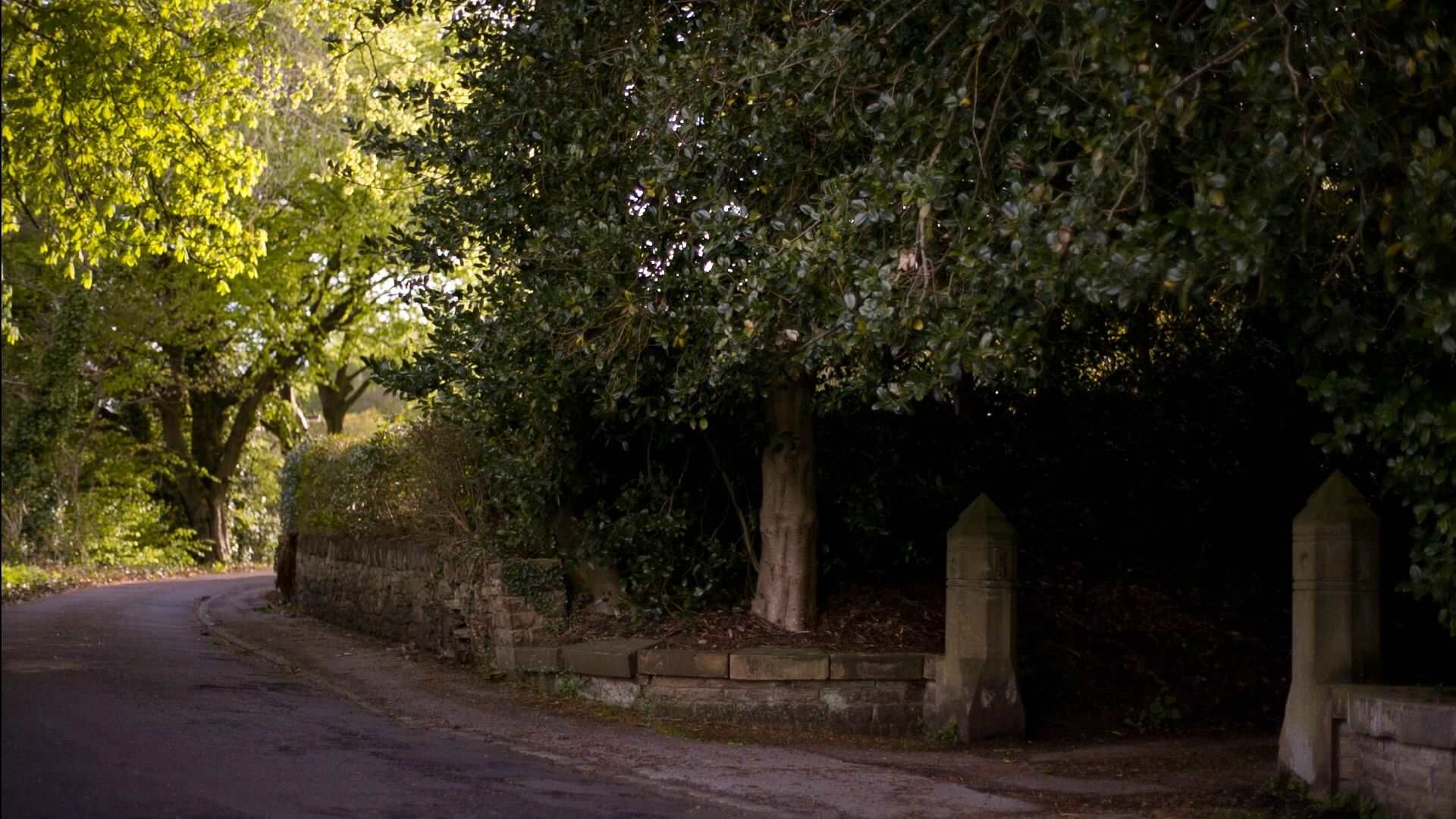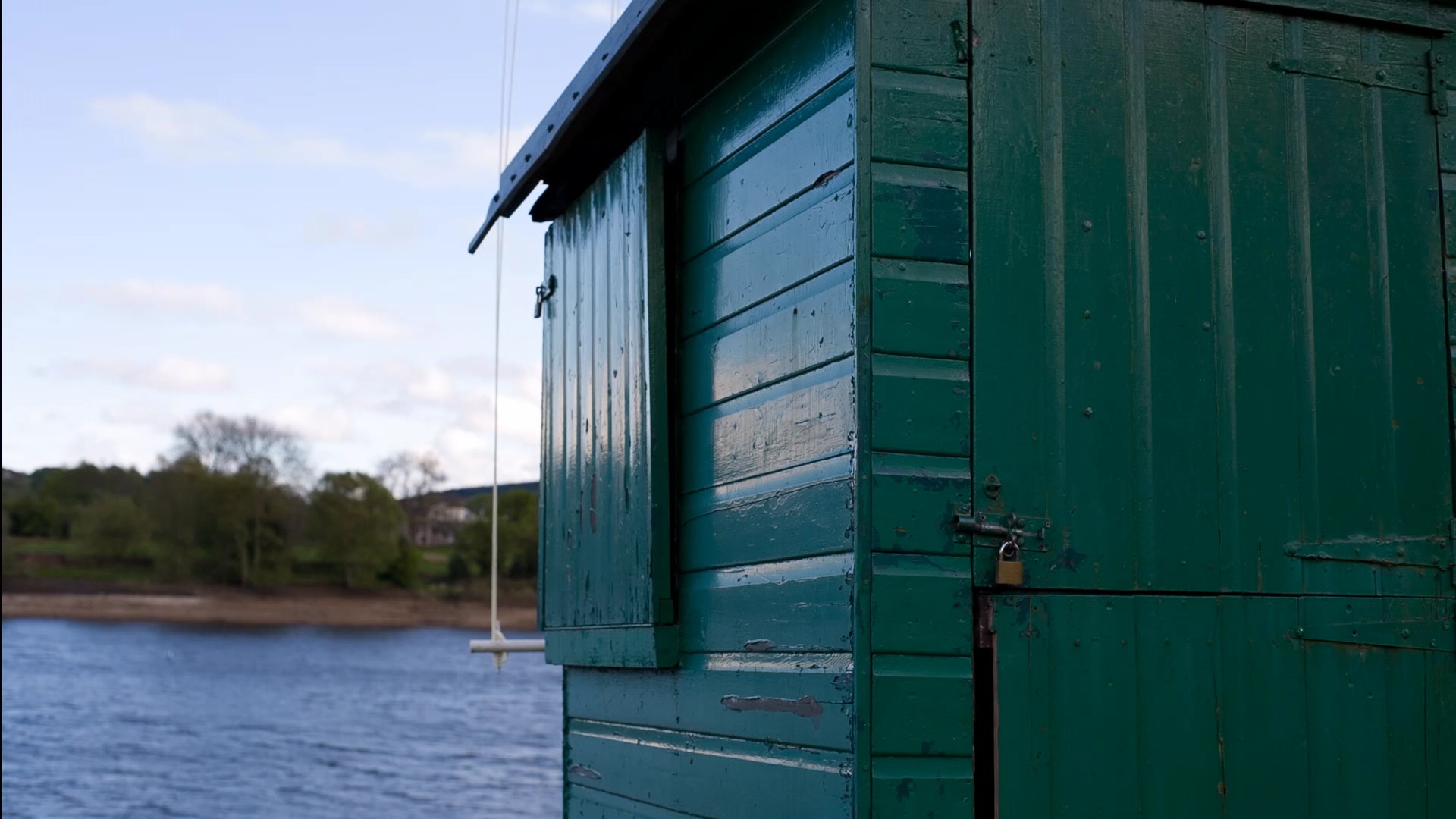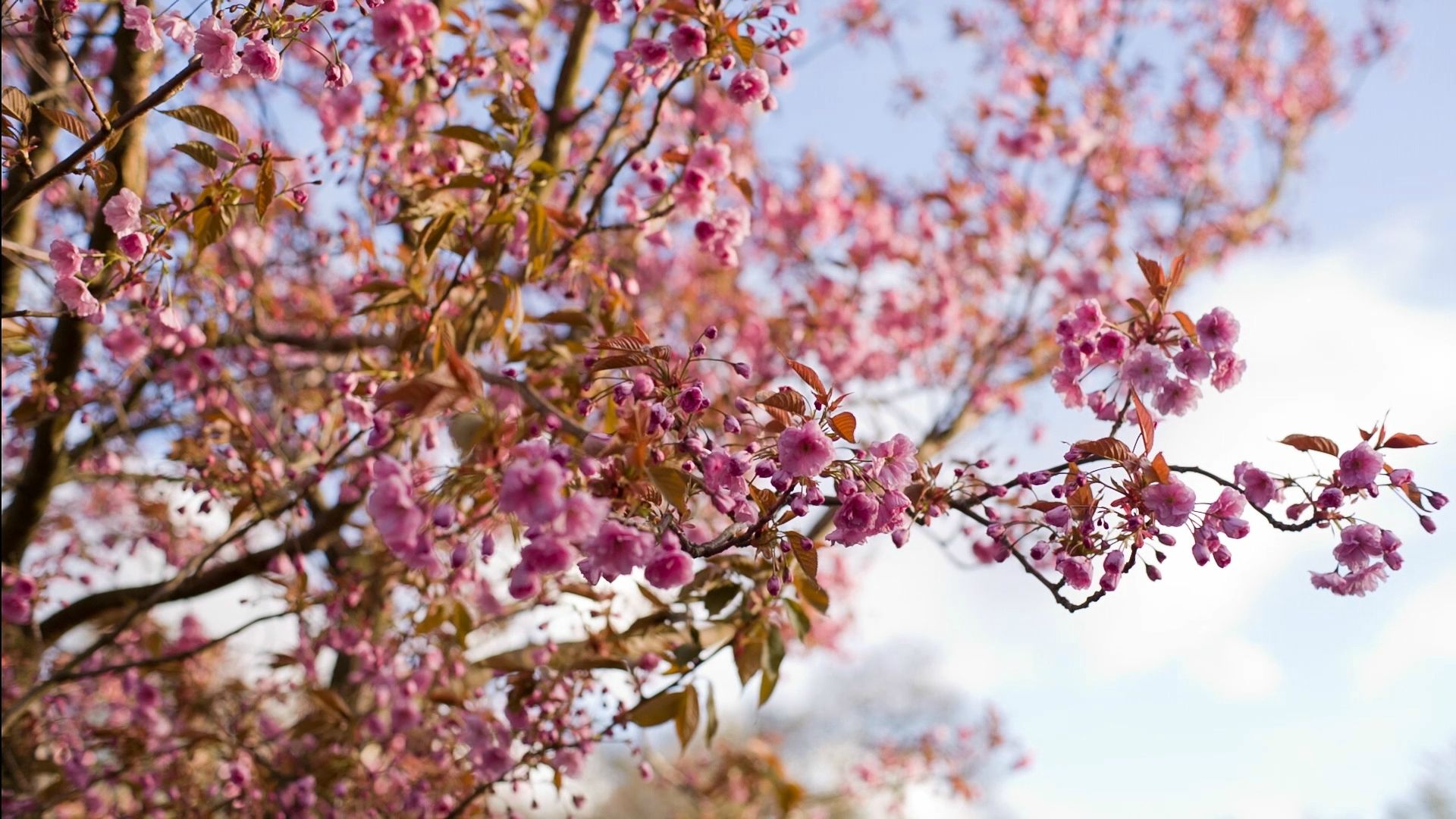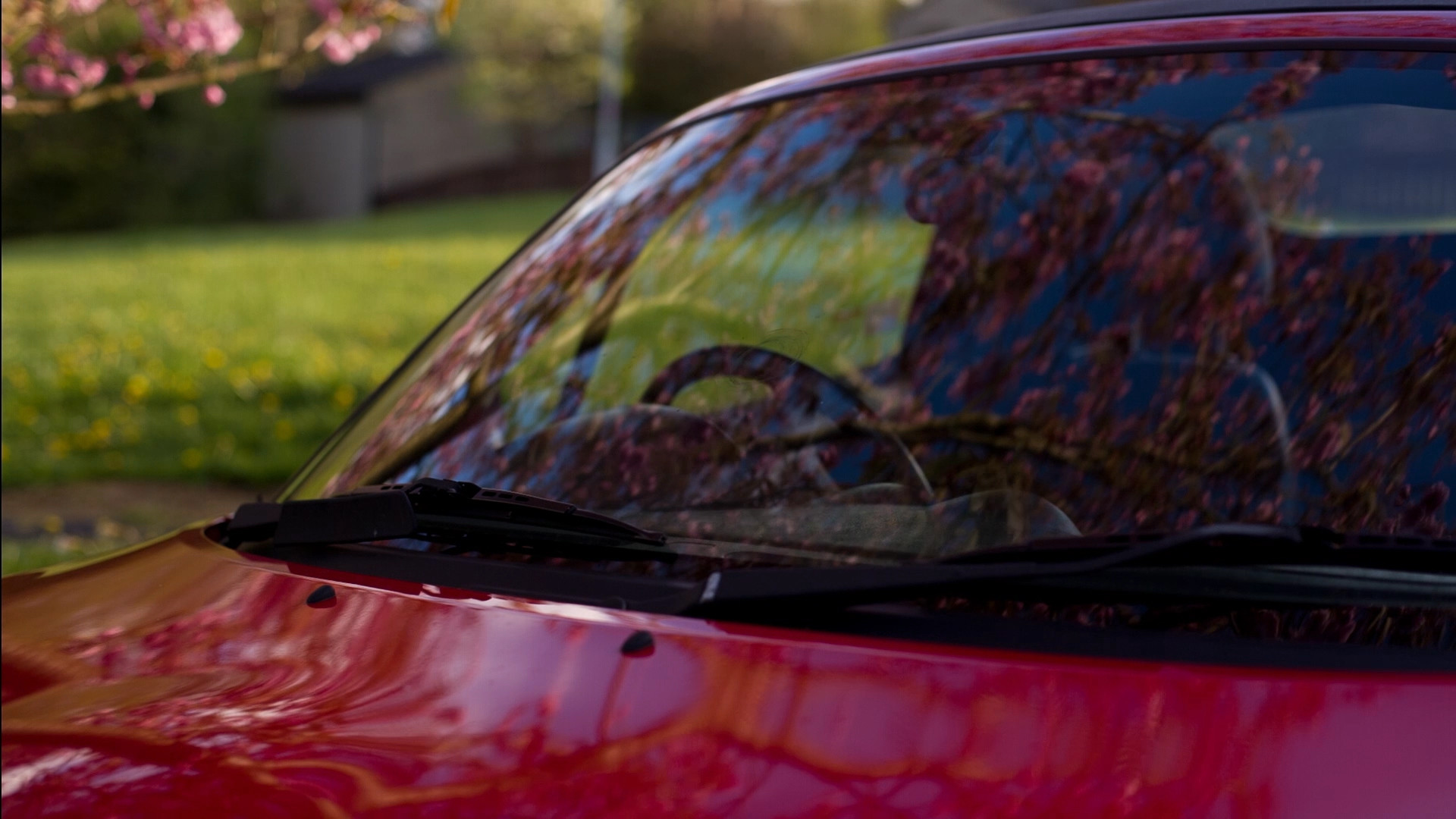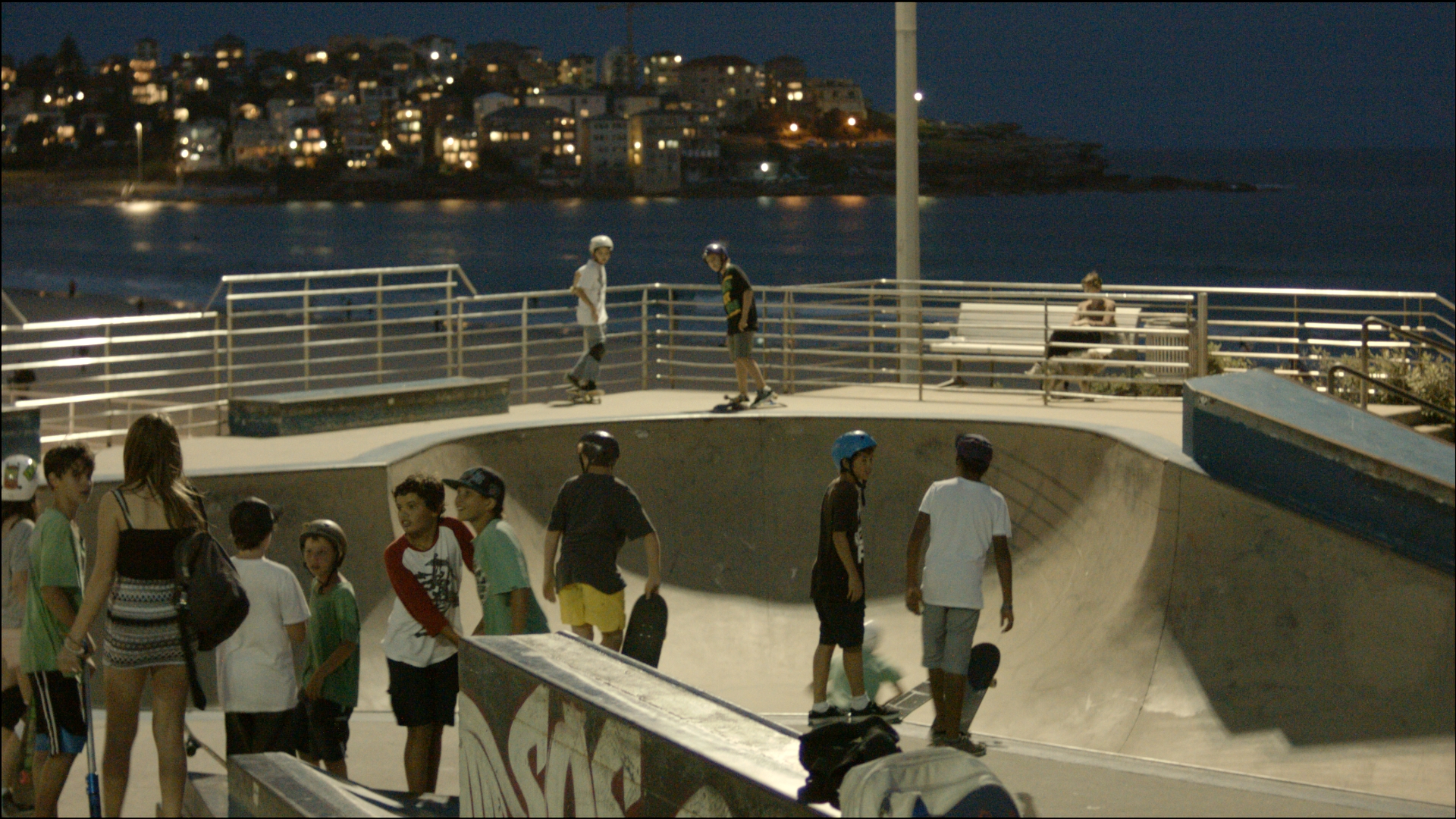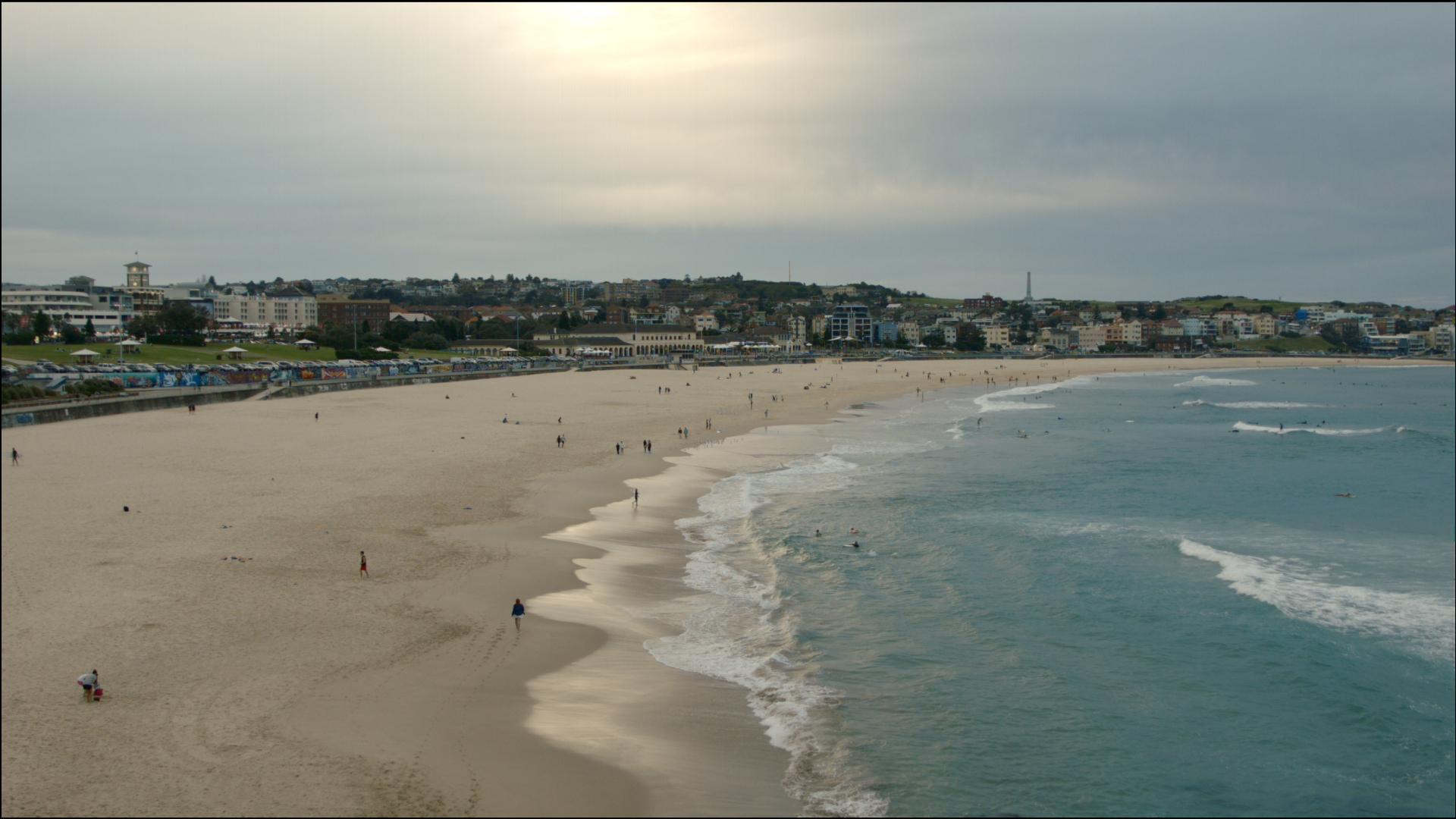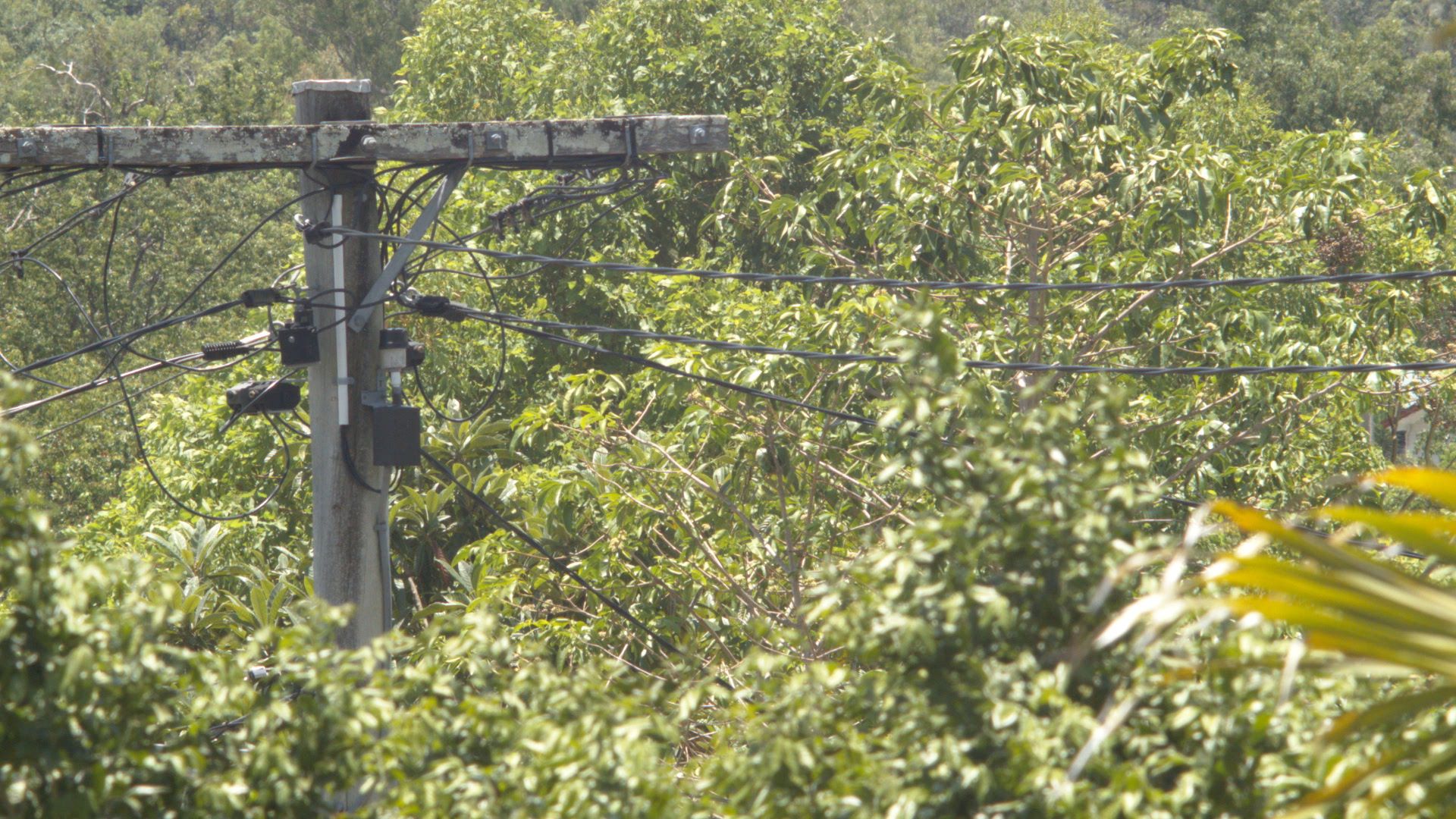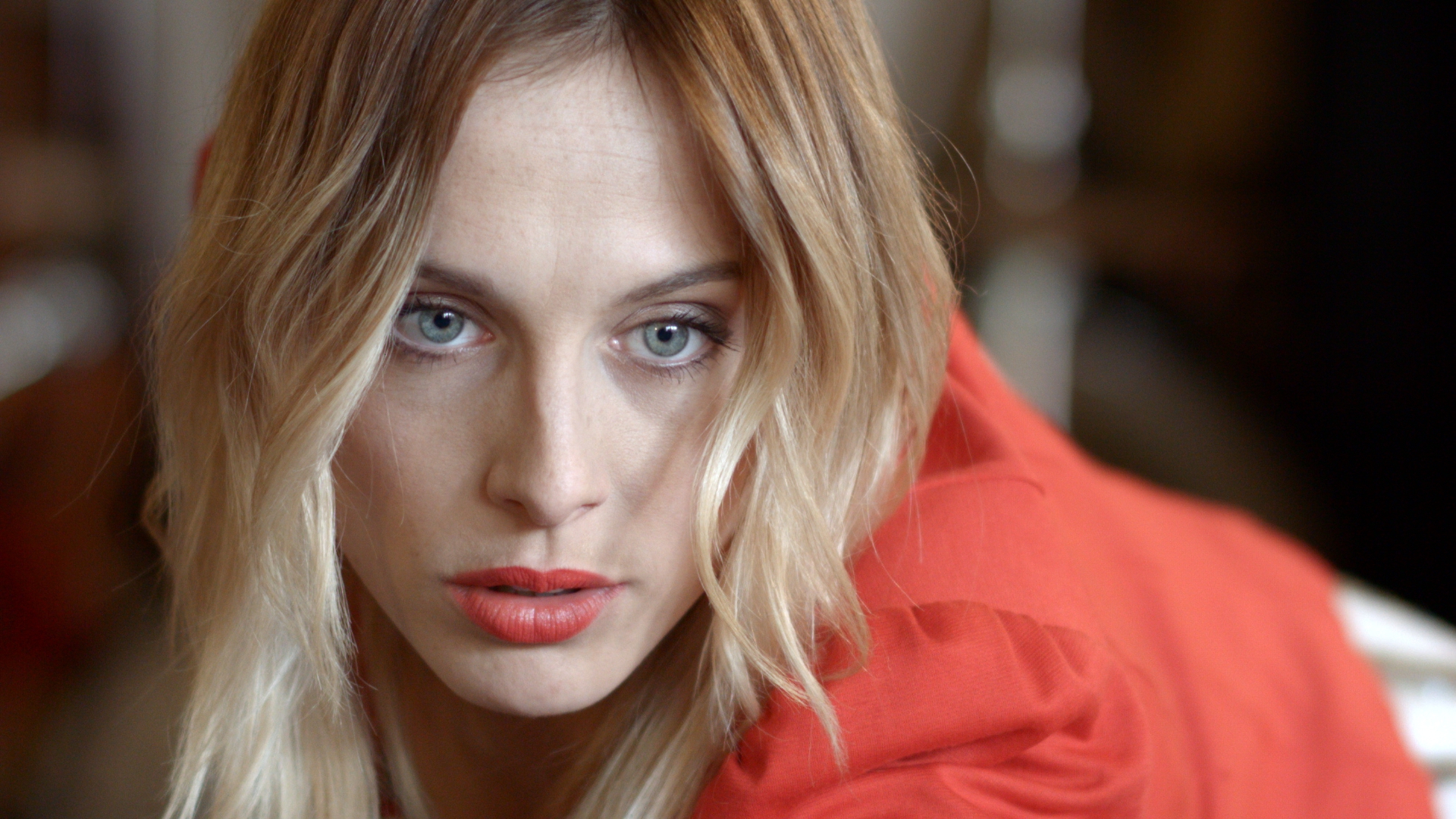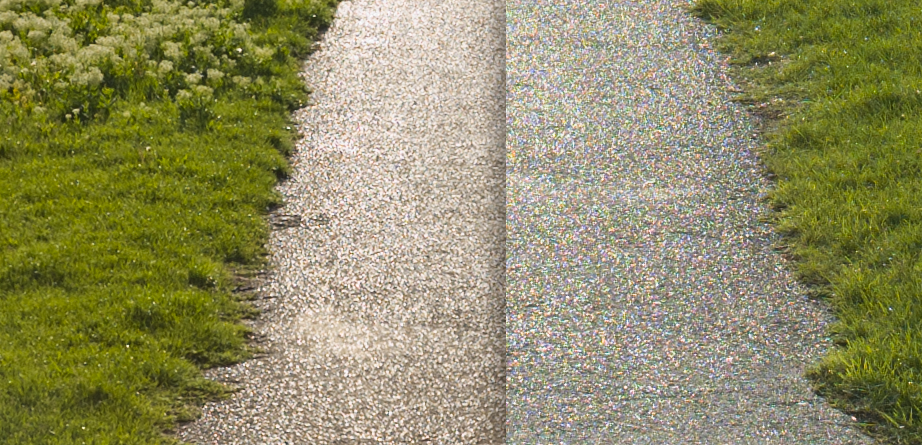Now, I know at least two of the BMCC shots are John Brawley's - and it's hard to compare John Brawley shots with shots that may have been taken by someone who's not really at the same or even similar level to JB.
Most of those images are beta images. Compare if one must, just wanted to throw that out there. From BV1/Blackmagic, I mean.
A "fair" comparison will sort out the difference in sharpness between the 5D RAW and Blackmagic. Meanwhile to my eyes the sharpness of the 5D and the Blackmagic don't seem much different. I guess the Blackmagic Cine Camera will allways be sharper at least in 2.5K mode. But by now it's obvious that the RAW footage from the 5D is much sharper than the previous footage with the h.264 codec. This means there was an improvement in dynamic range and sharpness/detail.
It will definitely be more resolute, which is what you're seeing. Sharpness is something different.
Here is a comparison between the 5D RAW and Blackmagic Cinema Camera.
On the video comments you can see the author's thoughts on the test.
https://vimeo.com/66170436#
This test is flawed. Shooter had little idea what he was doing with the camera, which when people told him this, he basically shrugged it off. Shame.
Where the cameras differ in terms of RAW is one big thing: Noise. The 5D mark III can shoot indoors at ISO 1600 and there's almost no noise while the Blackmagic starts to get ugly at this point.
The noise from the BMCC is also apparent when raising the blacks in a shot.
Shooter also didn't really test here. 800 ISO (native) on BV1 should be equivalent to MK3 @ 1600 ISO.
Moire and aliasing is another big big issue on Blackmagic and there is very litte of that on the 5D RAW. The cleanness of the shots of the 5D RAW in general is extremely pleasing and jumps at you when you sit in front of the RAW images. Check some of the dng's yourself in our other post.
Far more moire on BV1, which is an issue. However, it's fixable for the most part right now. It would be great to have a filter in front of the sensor but that's not out yet.
Conclusion
The 5D RAW has the clear advantage of a large sensor and never before seen ISO performance on a RAW camera.
A lot of hyperbole, but we're dealing with the DSLR market so it's common. First person to get to the blog wins.
In the example clips they provided I'd be hard-pressed to say the BM noise looked 'ugly' at 1600. In fact I'd say it was perfectly useable, and only slightly worse than the 5D. Maybe they're talking about underexposed situations, but it would be nice to see an example which really shows it.
It's mostly just being biased toward the 5D. The test did come from Cinema5D and all.
I've got an MKIII and Lexar 1000x card ready to shoot some 5D RAW tests beside my BV1-EF and BV1-MFT (Micro Four Thirds) cameras. I expect to see the same amount of noise in both images at 800 and 1600 respectively, and nearly the same type.
IN fact, you can go and download some DNGs, make sure in Adobe Camera Raw or Light Room 4 that you reduce noise reduction to 0 and you'll see a lot of noise in the 5D files.
Overall though it seems to me that they're pretty comparable in that example - except of course for the moiré which is very noticeable from the BMCC in the first shot of the dirt path.
Moire is a big one for me. Hurts a lot of things but I've been able to rip the moire out for the most part when it becomes a pain in the ass. Still, I would rather have an OLPF to just deal with it before its recorded.
EDIT: Just noticed they're using the 24-105 on the Canon, which I haven't found to be a particularly sharp lens. I don't know how it compares to the tokina they're using on the BMCC, but I suspect there's room for improvement in detail on the canon with some better lenses.
Not that much room, but some. However, what you will see more of the sharper you get's aliasing. The camera is not devoid of aliasing, it's absolutely there and the deeper you shoot, the more it shows up.
Moire is nowhere near as bad as Blackmagic, however it's there as well.
Here's where the difference really shows up:
100% crop from the DNGs, 5D on left and BM on right.
Here's the DNG fixed in Davinci Resolve after one adjustment, from BV1:
It works in a lot of cases, not every case, so again, one before the sensor.
Overall looking at the DNGs the blackmagic appears to have a slight edge in detail, but it's hard to tell how much is real vs. false. Most of the aliasing isn't as noticeable as the path, but it's clearly there in the grass, trees, etc. Again though, it's not a great test for fine detail on the 5D with that lens.
It's not false detail, at all. It's a 2.5K still right from the sensor, basically. The problem is that it doesn't have an OLPF, thus the moire and aliasing. You can deal with it through:
Debayering (Some of it, not all of it)
OLPF install (The best way to do it)
Some Post (Like what I did for that still from the tester)
Diffusion (definitely not my choice ever).
I'd like to use the 5D for car interiors, car mount, very small spaces to cut in with my BV1-EF/MFT cameras. The excitement is neat to see, we just need a few people to step up and help educate their peers on what's going on.
And, the bloggers to take a step back and wait a while, access the situation, then provide some accurate information versus being the first one to want to report on things. Well, I guess they can do what they want of course so it is what it is, but then I would encourage everyone to seek out as much information as possible.
One thing this will do is make everyone never want to shoot internal DSLR compression again, which is a good thing.... and a very very bad thing.
If anyone's curious, yeah, I'm pretty invested in the Blackmagic Cinema ecosystem, soon to have 4K and Pocket Cam for sure, and own EF and MFT camera. But I'm game to add more tools for specific jobs.
Hope some info has been helpful.





